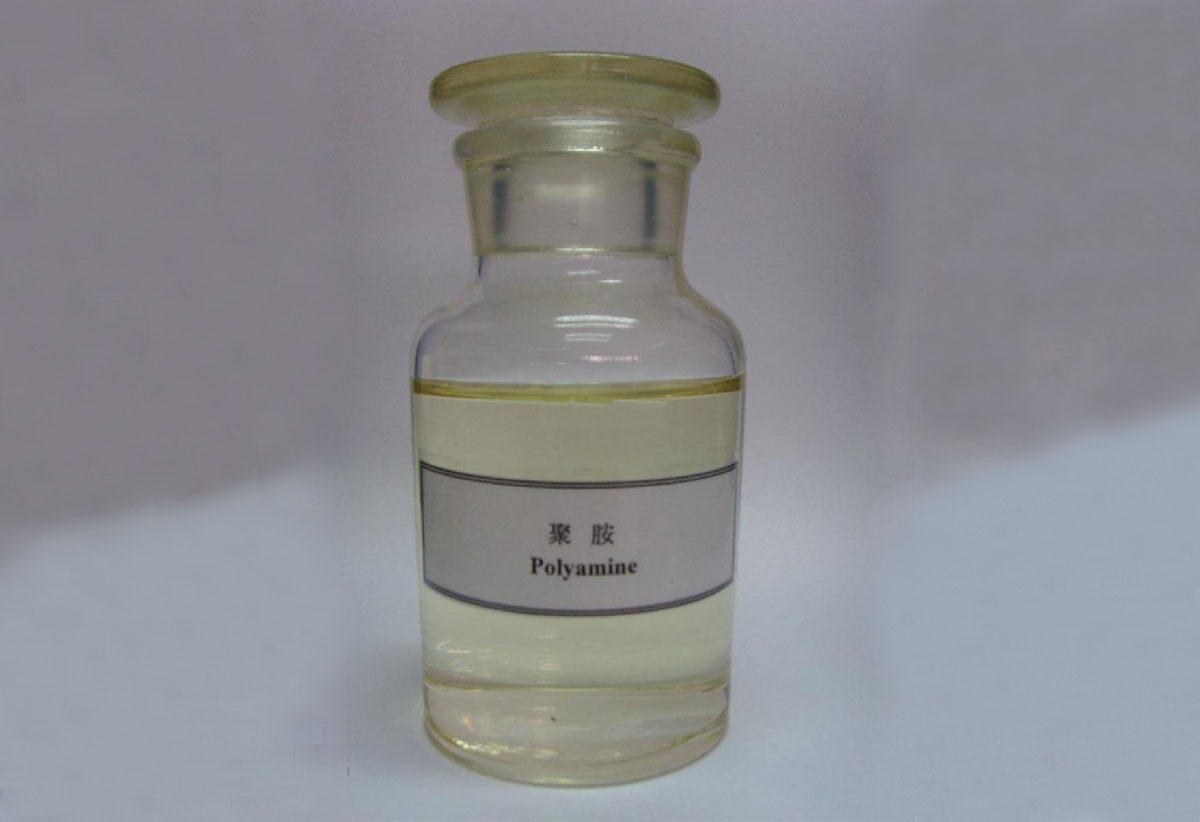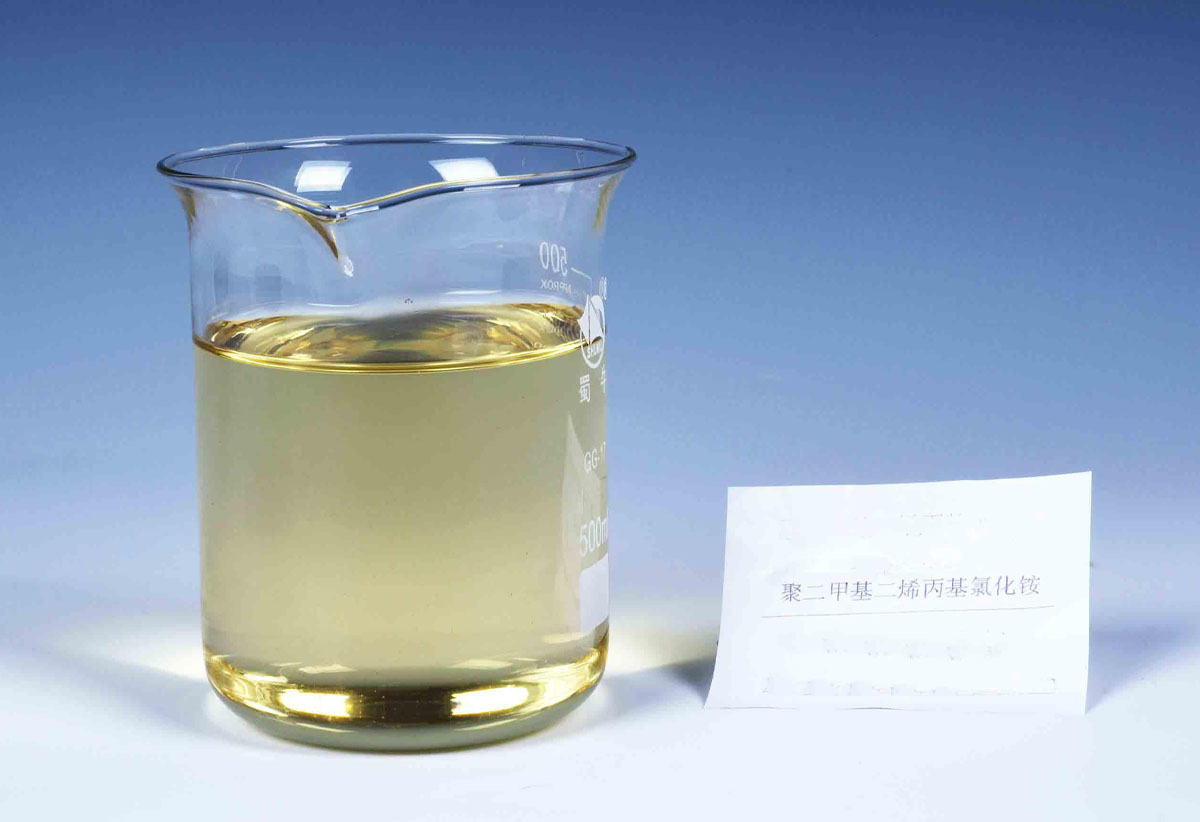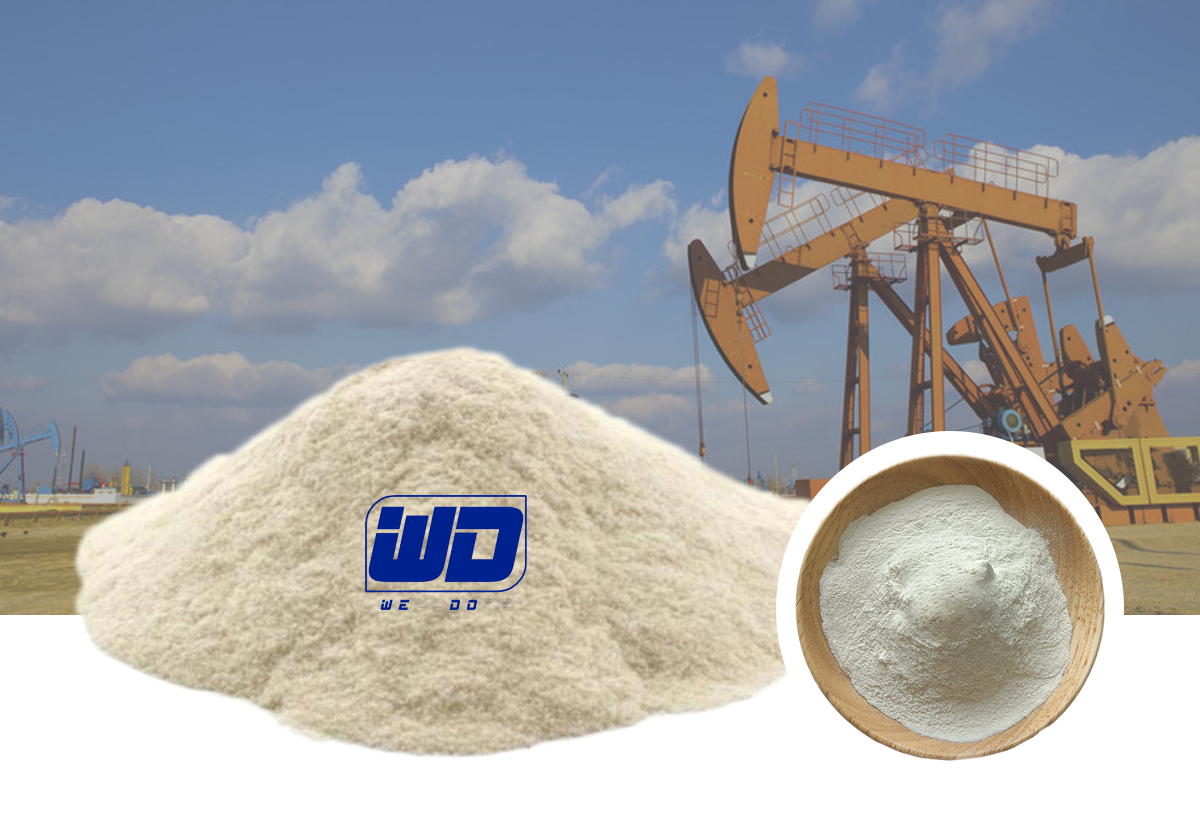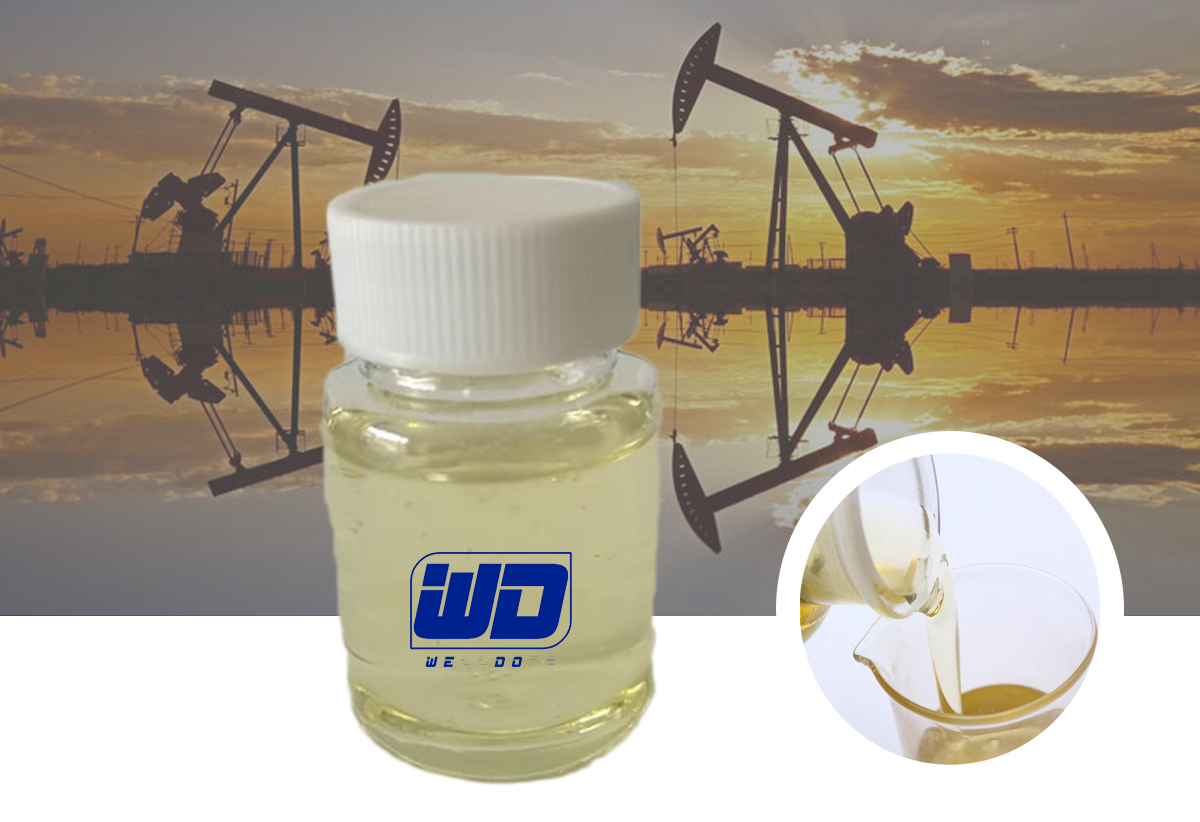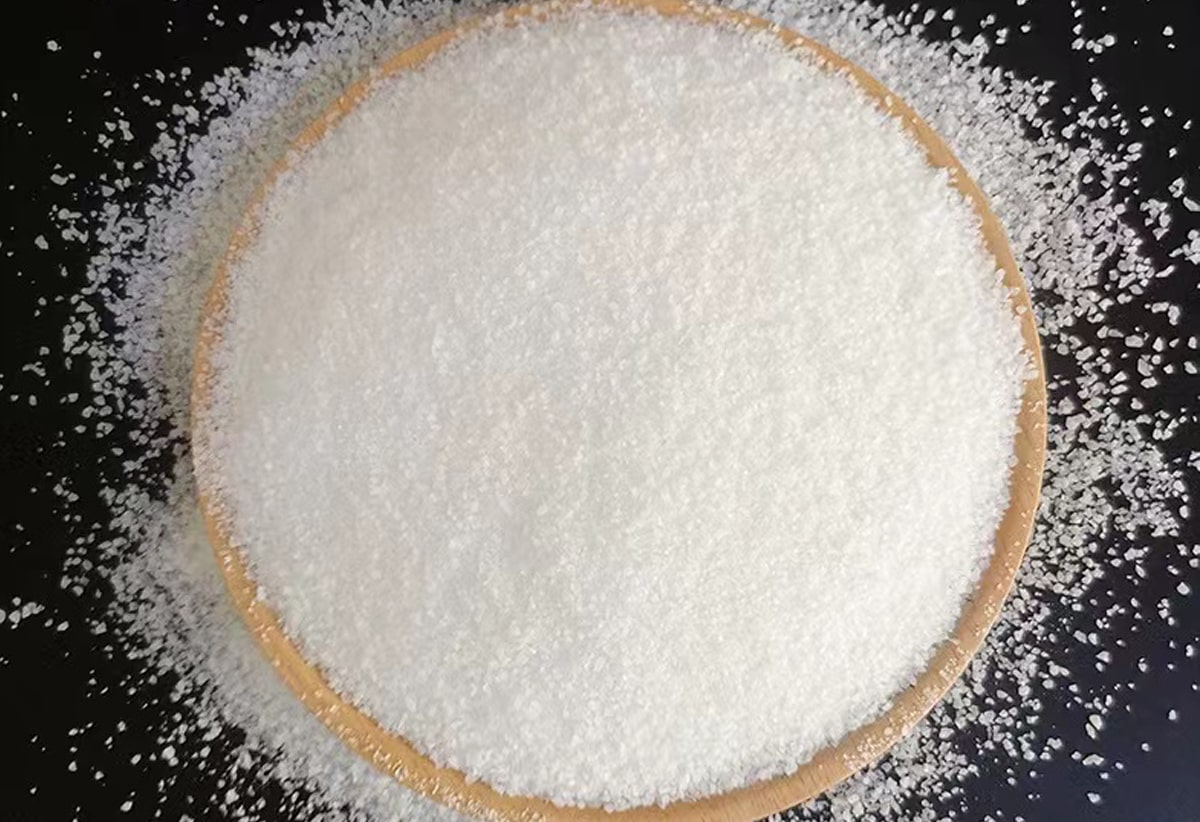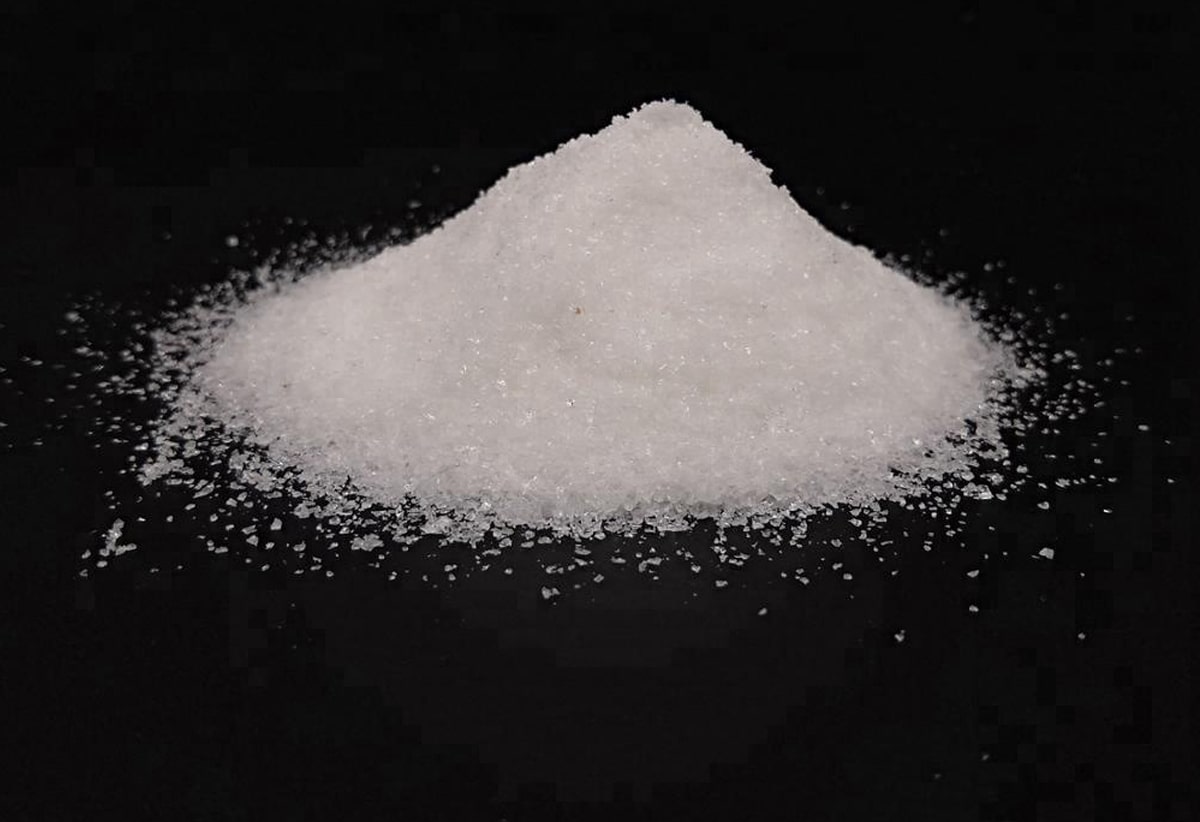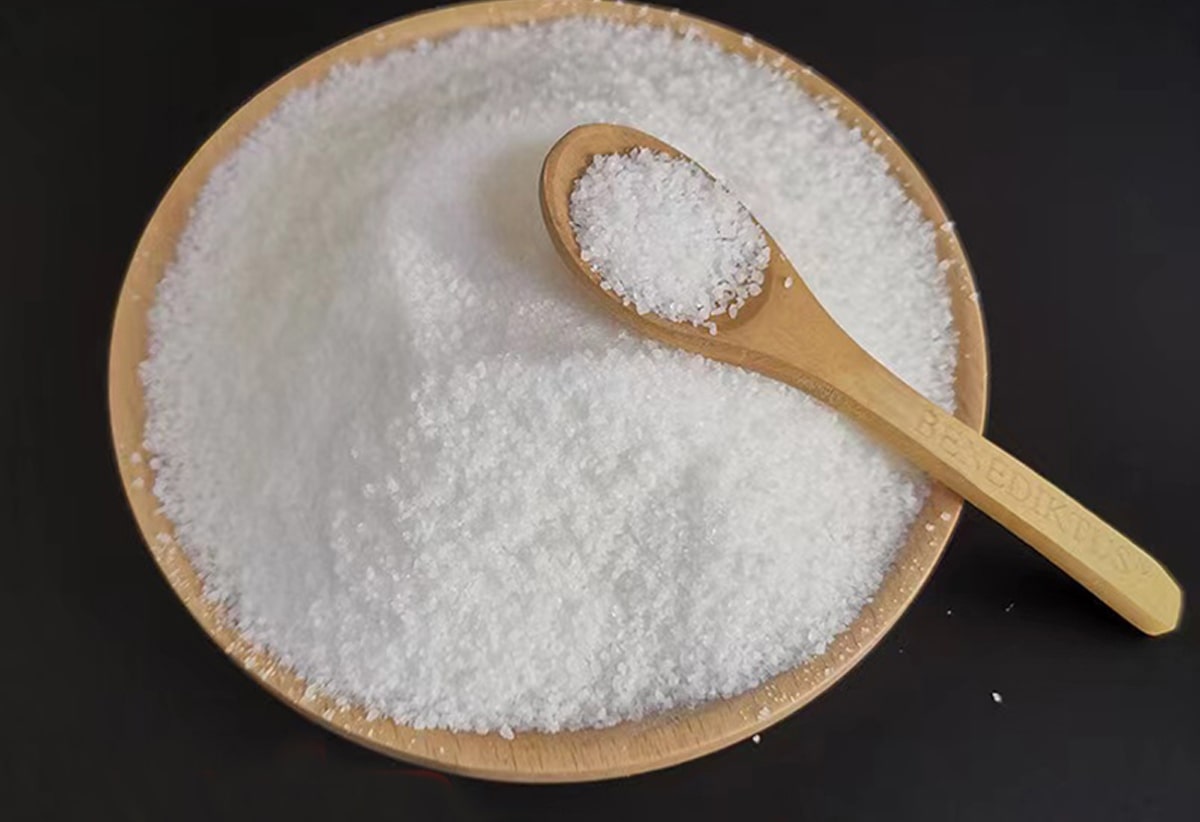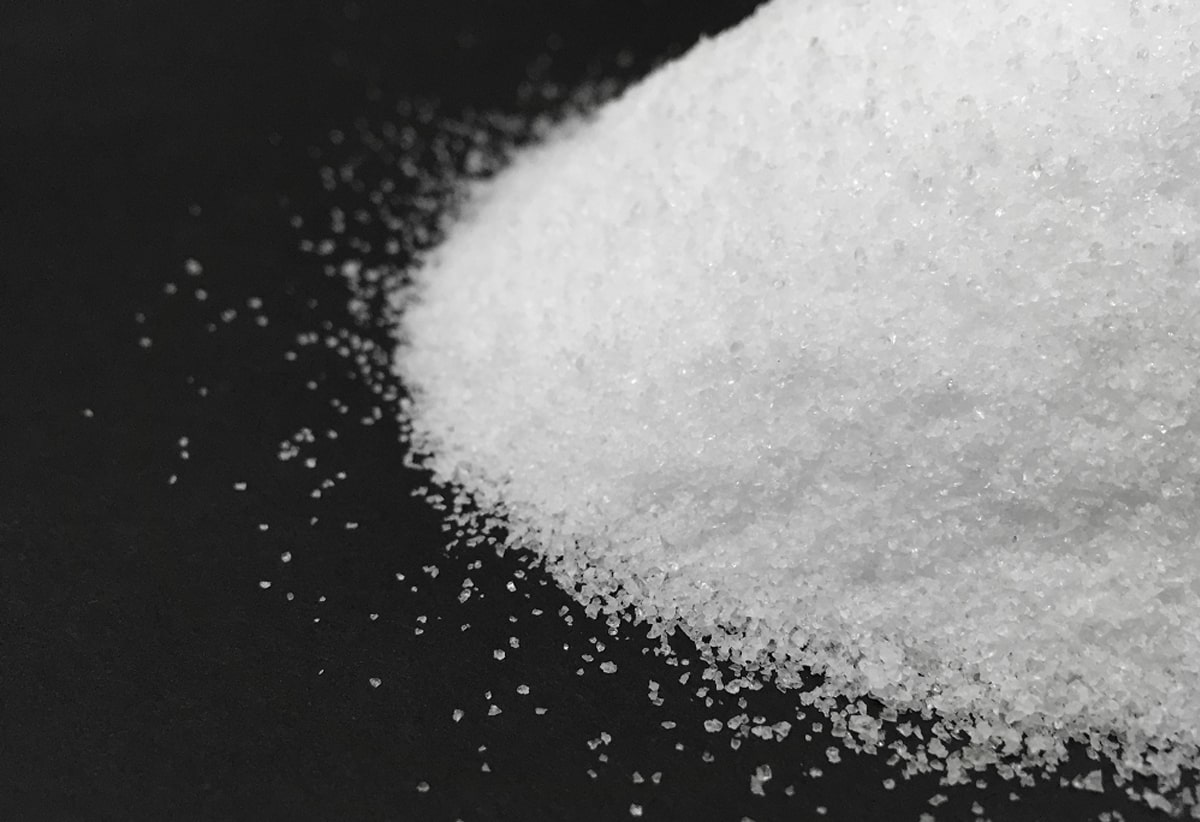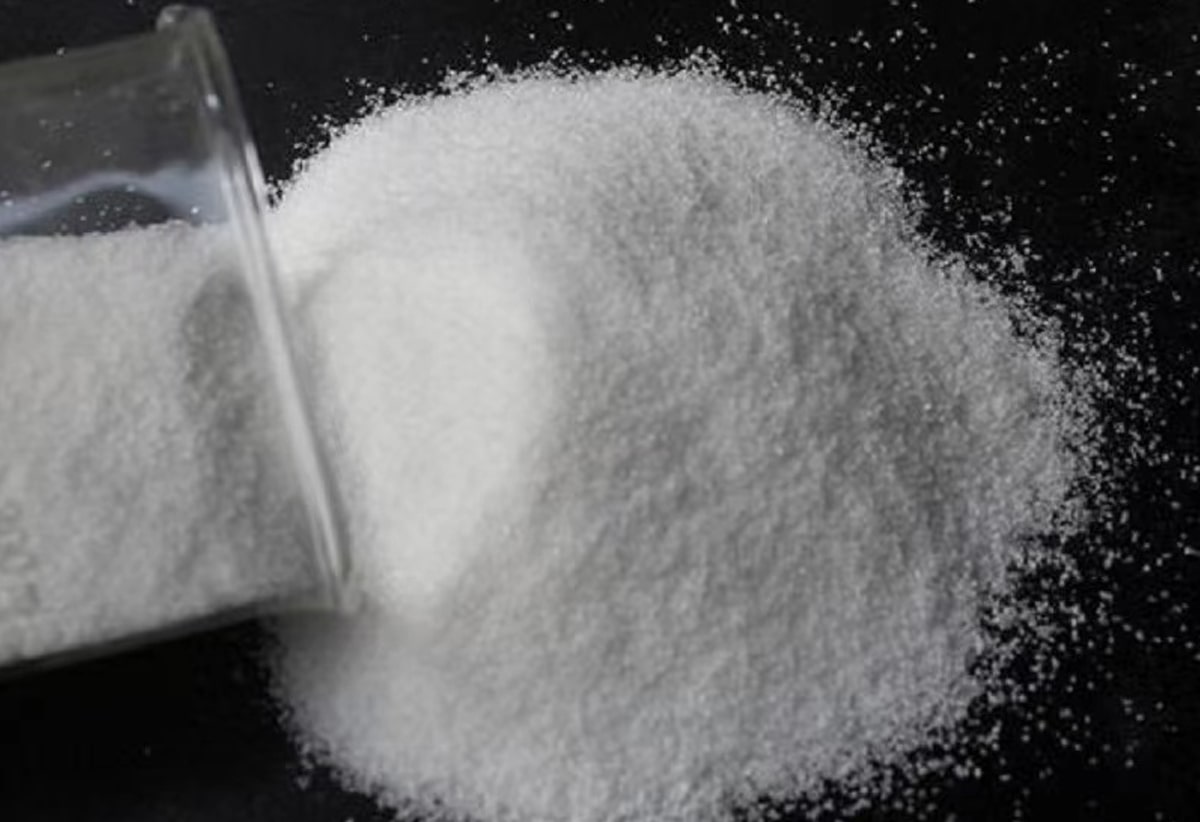Product Form:White powder
Molecular weight:6 million-20 million
Degree of Hydrolysis:0-50%
Dissolution tome:<1.5h
Solid content:>88%
Polyacrylamide for Copper
The ore is crushed and ground to separate the copper-bearing mineral from the wasted materials or gangue.The separated ores will be further crushed by ball mills.The final material particle size will be less than 100 microns.
During the final milling collectors are added to the slurry which preferentially absorb the copper sulphide and make the sulphide particles hydrophobic.These copper minerals are then concentrated by flotation when air bubbles are pumped into the slurry.Frother is normally added to the slurry to stabilize the copper particle to be loaded in bubbles at the top of the slurry when creating froth.The slurry or tailings from the flotation lagoons will be delivered to thickener where flocculants are added to promote rapid sedimentation and generation of a clear overflow,which returns to the process water circuit.The thickened tailings are normally further dewatered by filtration where a flocculant is added as a filtration aid.
The copper laden froth (copper concentrate) is removed from the overflow by mechanical means and is then thickened and dewatered where flocculants are used to improve the sedimentation and filtration rates.The resultant concentrate or cake contains approximately 25 to 35% copper,which is then recovered by pyrometallurgical processing.
The slurry or tailings from the flotation tank will enter the concentration pool for further settlement. Flocculants are added at this time to promote rapid sedimentation and produce clear overflows. Clarification overflow will act as recycled water. The remaining concentrated tailings will be vented into a centrifuge for centrifugal dehydration, at which point anionic polyacrylamide flocculants will be added as centrifugal additives. The bubbles (concentrates) filled with copper ore are mechanically separated from the overflow. It is then concentrated and dehydrated. At this time, anionic polyacrylamide flocculants are used to improve the efficiency of sedimentation and filtration. The resulting concentrate or filter cake contains nearly 25 to 35 percent copper. This will be recovered by thermal metallurgy.
| Grade | Ionicity | Molecular Weight | Ion Charge Density | Application |
| A161 | Anion | Medium-High | Low | A |
| A164 | Anion | Medium-High | Medium | A,B |
| A174 | Anion | High | Medium | A,B |
| A176 | Anion | High | Medium-High | A,B |
A:Sedimentation of the copper concentrate/ flotation tailings
B:Filtration aid of the thickened tailings/thickened copper concentrate
| User name | Member Level | Quantity | Specification | Purchase Date |
|---|






